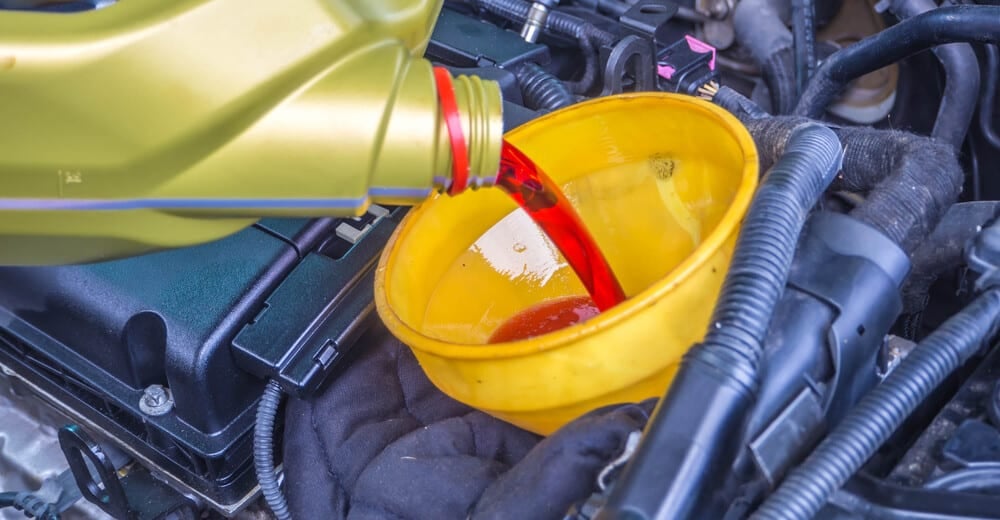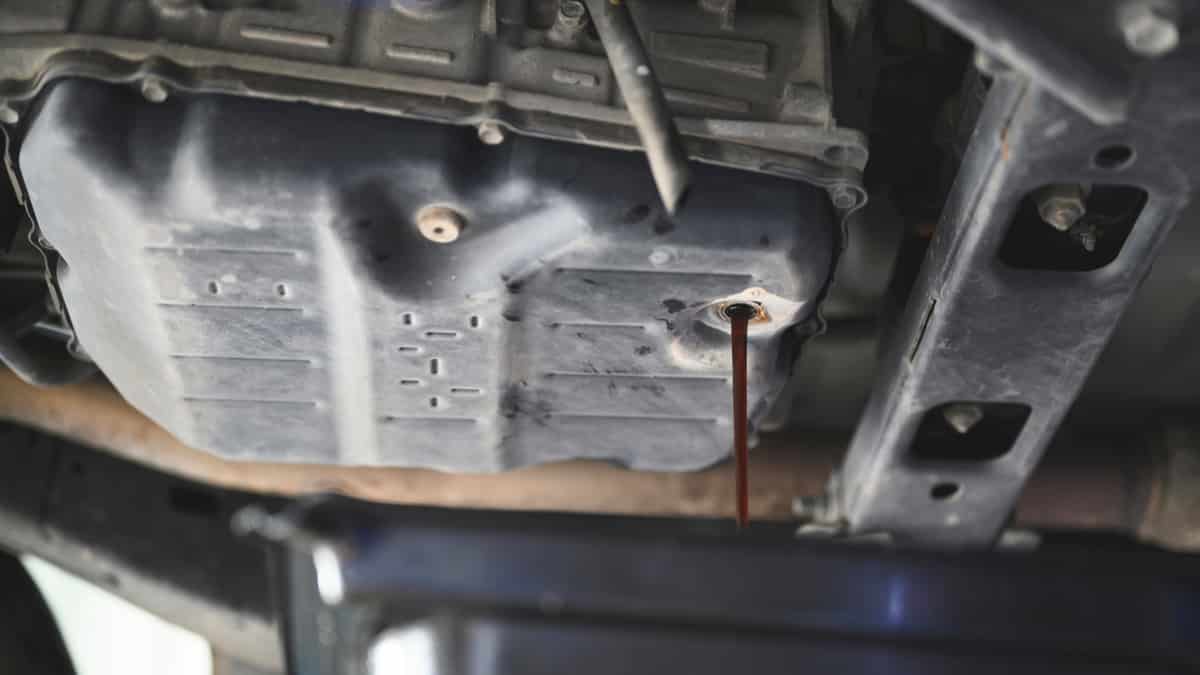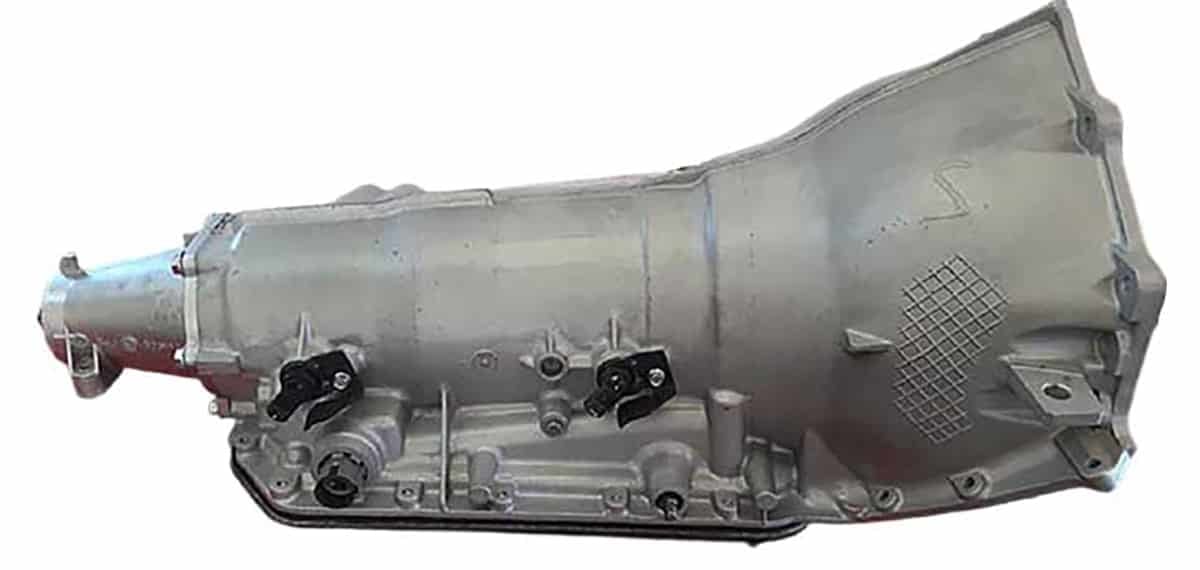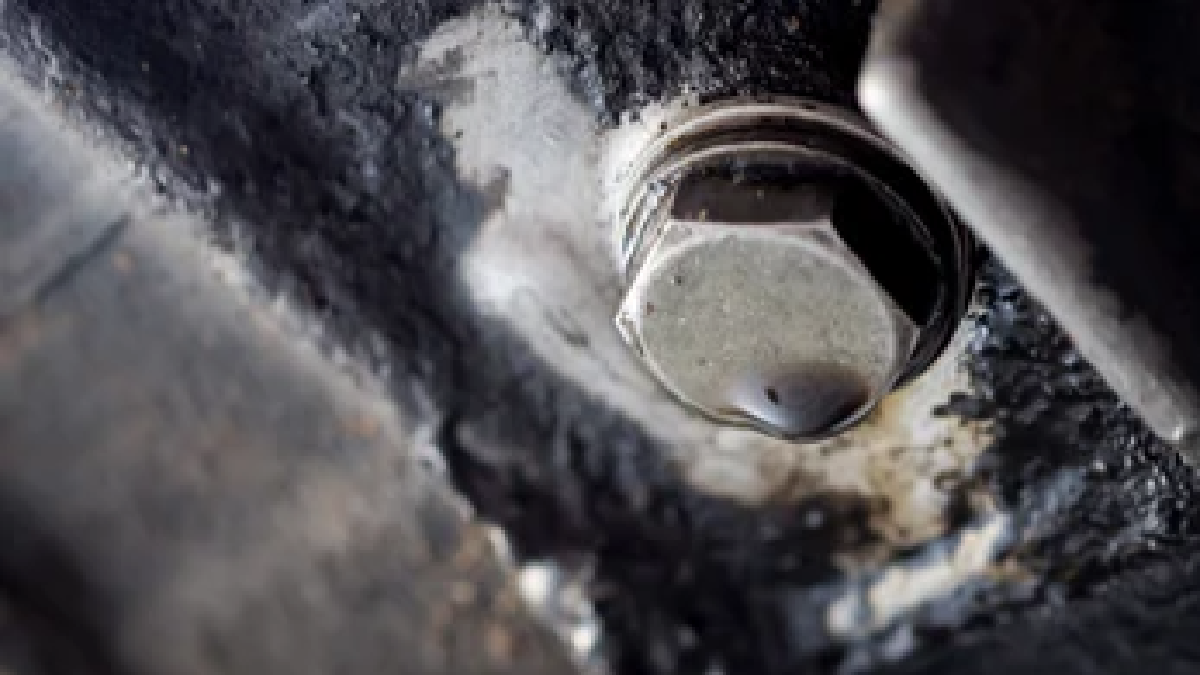Transmission fluid is often taken for granted, but it is the main element in a modern vehicle. While it doesn’t get as much attention as motor oil, having the right amount of transmission fluid is just as vital.
While the transmission fluid should never be low, there are some issues that can cause this problem. Let’s take a quick look at the symptoms to look for.
Low Transmission Fluid Symptoms
The main symptoms of low transmission fluid include:
- Slipping transmission
- Overheated transmission
- Delayed gear engagement
- Irregular shifting
- Inability to Shift
- Dashboard warning lights
Here is a more detailed list of the signs of low transmission fluid to look for:
1. Slipping Transmission
The transmission should shift seamlessly without much fanfare. However, if it feels like the gears slip during a change, this is an indicator that the fluid levels might be low.
Slipping can also be combined with sudden shifting, RPM spikes and grinding noises. All of these indicate that there is a problem and vital friction materials are unable to engage. If left to continue, significant transmission damage could occur.
2. Overheated Transmission
As the transmission fluid decreases, the transmission is left vulnerable due to a lack of lubrication. When the transmission overheats, you might notice smoke coming from the vehicle or a burning smell.
This problem could also occur with a loss of power and erratic shifting. Either way, you must pull the car over and stop driving before further damage occurs. Otherwise, you are going to need a new transmission.
3. Delayed Gear Engagement
As the transmission fluid level decreases, you are going to notice a delay when shifting occurs. Additionally, when you move the car from Drive to Reverse, there might be a slight pause before engaging.
This problem occurs because there’s not enough hydraulic transmission pressure to create the gear change normally.
4. Irregular Shifting
Whenever shifting doesn’t occur as it should, it could be related to low fluid. Irregularities can present themselves as a slamming sensation or a delay.
You might also notice that the shifting is happening more frequently. As the fluid becomes inconsistent, shift timing and the smoothness are all affected.
5. Inability to Shift
If the transmission fluid is completely drained, you might not be able to shift the vehicle at all. This sealed system requires lubrication to work.
You can try and fill the transmission with transmission fluid to see if that resolves the situation. However, driving the car without the right amount of fluid in the first place might have caused irreversible transmission damage.
6. Dashboard Warning Lights
For most drivers, the first indication that the fluid levels are low is a dashboard warning light. Modern transmission systems use plenty of electronic sensors that alert you to any problems.
The trouble code is immediately sent to the car’s computer, where it alerts you through a warning light. If the Check Engine Light or Transmission Light comes on, it might simply be that the fluid is low. Either way, you should always pay attention to the warning lights and take immediate action.
How to Check Transmission Fluid

Once you notice any symptoms of low transmission fluid, you want to see how much is in the system. Even without any mechanical experience, you can check the transmission fluid.
1. Locate the Dipstick
To check the fluid, you must find the transmission dipstick. The dipstick is found in the engine compartment under the hood. Don’t get it confused with the oil dipstick.
Your transmission indicator might be further back in the engine bay, closer to the firewall. It’s often marked with the transmission symbol.
If you don’t see a dipstick, there’s no reason to panic. Many newer cars do not have a dipstick; everything is controlled electronically. What you can do is check for any leaks. If you can’t notice any leaks, the level should be fine!
If you can’t check the transmission fluid but are having problems, you will need to take your car in for service. Otherwise, follow these steps.
2. Check the Level
Allow the car to warm up slightly. You should check the transmission fluid with the car parked on a level surface and the engine idling.
Pull out the transmission fluid dipstick and wipe it off with a clean paper towel. Slowly replace it and pull it back out.
Look at the fluid level on the stick. There are indicators that show you if it is “full,” “low” or “fill.”
3. Evaluate the Fluid Condition
Along with checking how much fluid is in the system, it’s vital you understand its condition of it as well. Wipe the dipstick on a white paper towel to evaluate the color.
If the fluid is new, it will be reddish-pink. However, when it needs replacement, it will look brownish red instead.
Black or dark brown fluid indicates you need more than a transmission fluid change, especially if it has a burnt smell to it. If you notice any metal shavings, this indicates internal components of the transmission have been damaged. Most often, this occurs because you didn’t properly service the transmission.
Learn more about different transmission fluid colors here:
RELATED: Transmission Fluid Color Chart – 5 Different Stages
4. Fill the Fluid
If the fluid is low but looks good, you can top it off. However, you will want to figure out what is happening to the fluid, because it shouldn’t be leaking.
Fill your transmission fluid through the tube where the dipstick fits in. Just make sure you use a funnel to avoid any messes.
Make sure you use the correct transmission fluid for your transmission. Check your service manual for the correct specifications.
How Often Should I Fill My Transmission Fluid?

You shouldn’t need to fill the transmission fluid unless there is a leak or defect. Look for leaks under the car to determine where the problem is coming from.
If you don’t see a leak, there could be an internal issue that needs to be diagnosed by a mechanic.
To determine how often you need to replace it, you should check the repair or service manual.
Transmission Fluid Service Costs
Automatic transmission fluid changes cost $80 to $250 when done by a professional service center. At this service, you want to have the filter replaced and the pan cleaned. Otherwise, the contaminants can cause issues with the new transmission fluid.
ATF+4 or SP4 automatic transmission fluid ranges from $8 to $20 for each quart and the average vehicle requires 5 to 15 quarts, totaling $50 to $120. The new filter will likely cost between $15 and $30, with a new pan gasket costing a few dollars as well.
If you can change the transmission fluid yourself, you will notice a significant savings.
Categories: Maintenance, Transmission











